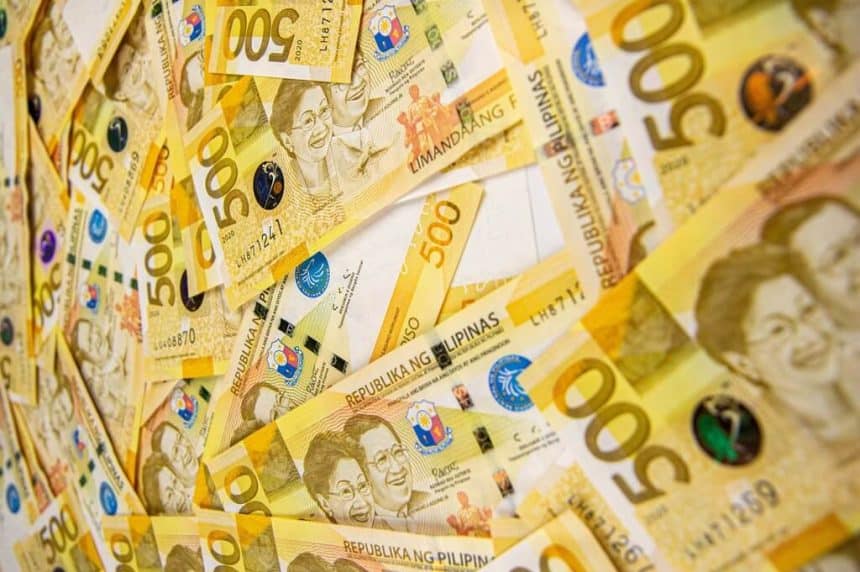 in the philippines" width="860" height="572" />
in the philippines" width="860" height="572" />  in the philippines" width="860" height="572" />
in the philippines" width="860" height="572" />
Understanding the Capital Gains Tax is crucial when dealing with real estate and other assets in the Philippines, especially for foreign investors. The Capital Gains Tax is imposed on the presumed gains sellers realize from the sale, exchange, or other disposition of capital assets in the Philippines, including real estate. This article will discuss the Capital Gains Tax in the Philippines.
Capital Gains Tax is one of the property taxes in the Philippines. The Bureau of Internal Revenue (BIR) defines the Capital Gains Tax (CGT) as a tax levied on the estimated profits a seller attains from the sale, exchange, or any other transfer of capital assets in the Philippines.
For tax purposes, capital assets refer to all properties the taxpayer holds, excluding those primarily held for sale to customers in the ordinary trade or business or those that form part of the taxpayer’s inventory or stock in trade. The most common examples of capital assets are lands and buildings. The Capital Gains Tax in the Philippines is only imposed on two types of capital assets: real properties and shares of stocks.
The seller or transferor typically shoulders the Capital Gains Tax in the Philippines. It is applied to those who sell, exchange, or dispose of capital assets located within the country, regardless of whether they are a natural or juridical entity, resident or non-resident, including estates and trusts.
It’s applied to the gains presumed to have been realized from the sale, exchange, or other means of disposal of capital assets. Notably, the term sale includes pacto de retro sales and other forms of conditional sales. A pacto de retro sale is a contract in which ownership of the property being sold is immediately vested in the buyer, subject to the condition that the seller may repurchase it within a certain period. Therefore, anyone selling, exchanging, or otherwise disposing of capital assets in the Philippines should expect to pay Capital Gains Tax.
The Capital Gains Tax on real property in the Philippines is set at a flat rate of 6%. This rate applies to the gross selling price, the Bureau of Internal Revenue (BIR) zonal valuation, or the property’s fair market value, whichever is highest.
To compute the Capital Gains Tax in the Philippines, follow these steps:
For example, if you sell a Philippine property with a gross selling price of ₱ 2 million ($35,700) but the current BIR fair market value is ₱ 2.5 million ($44,625), your tax base would be ₱ 2.5 million ($44,625). The Capital Gains Tax due would be ₱ 2.5 million ($44,625) * 6% = ₱ 150,000 ($2,678).
You can also use our Capital Gains Tax calculator below to compute the CGT in the Philippines.
Understanding the Capital Gains Tax in the Philippines will help ensure proper compliance with the law and determine possible exemptions. The Capital Gains Tax requirements consist of different documentation. The requirements and exemptions are listed below.
The required documentation includes:
Foreigners may be granted exemption from Capital Gains Tax in the Philippines if they obtain a Certificate of Exemption or BIR Ruling from the Commissioner of Internal Revenue or the authorized representative.
Here are four steps for paying the Capital Gains Tax in the Philippines:
The Capital Gains Tax Return (BIR Form No.1706) shall be filed within 30 days following the sale, exchange, or disposition of real property. You can file this with any Authorized Agent Bank (AAB) or Revenue Collection Officer (RCO) of the Revenue District Office (RDO), who has jurisdiction over the location of the transferred property.
When filing the return with an AAB, you must accomplish and submit the BIR-prescribed deposit slip. The bank teller will machine-validate this as proof of payment receipt by the AAB. The AAB receiving the tax return will stamp the return with the word “Received,” and the machine validates it as proof of the filing and payment.
Alternatively, filing and payment can also be made using the BIR’s electronic filing and payment facilities (i.e., EFPS/eBIRForms and G-cash, credit, debit card/prepaid card). It’s not necessary to have a Philippine bank account to pay the Capital Gains Tax in the Philippines.
For transactions involving one to three properties covered by a single Deed of Sale/Exchange/Donation, taxpayers can avail of the ‘fast lane’ according to RMC No. 43-2018, amended by RMC No. 107-2018. Payments amounting to ₱ 20,000 ($357) and below can be paid in cash. In comparison, those exceeding twenty thousand pesos must be made through the manager’s or cashier’s check to the RCO of the RDO that has jurisdiction over the location of the transferred property.
Understanding and filing Capital Gains Tax in the Philippines can be complex, but our experienced team is here to help. We provide comprehensive support from legal understanding and tax filing to personalized consultancy. Whether you need help with the specifics of Capital Gains Tax law or detailed guidance on filing your taxes, we offer personalized assistance tailored to your needs. You can also email us at [email protected] for more detailed inquiries and specialized support. Contact us today to ensure a smooth and compliant tax filing process in the Philippines!